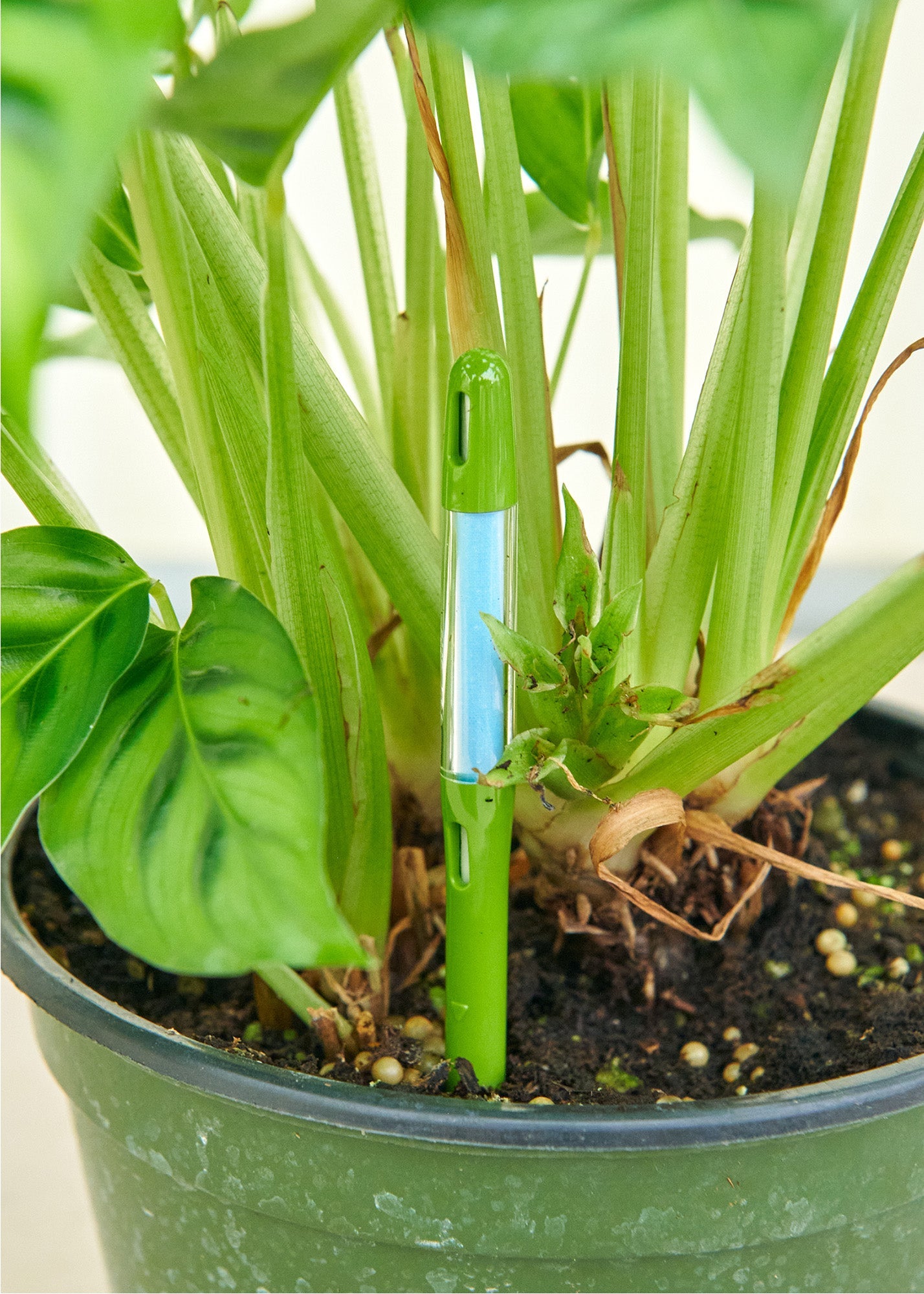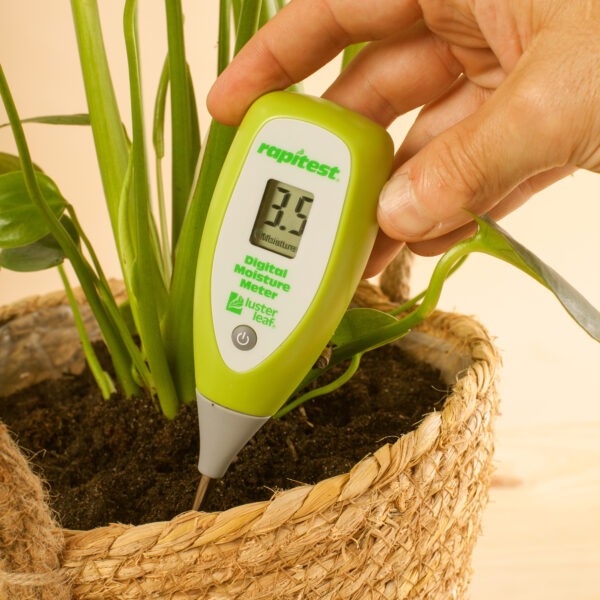Recognizing the Importance of a Moisture Meter in Avoiding Mold and Water Damage in Your Home
In the world of home upkeep, the visibility of dampness can frequently be a silent yet powerful opponent, capable of triggering prevalent mold and mildew development and insidious water damage if left untreated. Understanding the relevance of a dampness meter in this fight is not merely a choice yet a strategic necessity.
Significance of Moisture Discovery
Reliable moisture detection methods are essential for guarding residential properties and protecting against potential mold growth and water damage. Wetness can leak into different structure products, causing architectural concerns and carcinogen. By utilizing a moisture meter, homeowner can proactively identify locations vulnerable to excess wetness, permitting for timely treatment and reduction methods.
Moisture meters give accurate analyses of wetness levels in different materials such as drywall, wood, and concrete. This information assists in identifying areas of issue, even in hard-to-reach or concealed locations. Early discovery of moisture buildup allows timely repair services or modifications to stop more damage.

Just How Moisture Meters Work
Moisture meters play a pivotal role in the aggressive identification of excess dampness, helping in the avoidance of potential mold and mildew growth and water damages by providing precise analyses of wetness levels in numerous structure products. These devices function based on various principles, relying on their kind. Moisture Meter. Pin-type wetness meters, for instance, have 2 pins that penetrate the material to measure the electric resistance between them. When wetness exists, it enhances the product's conductivity, causing a reduced resistance reading. Pinless dampness meters, on the other hand, usage electromagnetic sensors to check the product without triggering damages. These sensors discharge electromagnetic signals that penetrate the product and measure the dielectric buildings, suggesting moisture web content. Some advanced wetness meters incorporate both pin and pinless technologies for detailed dampness detection. Comprehending exactly how moisture meters feature is essential for precise and prompt moisture level evaluations, making it possible for reliable safety nets versus mold and mildew and water damages.
Detecting Early Warning Signs
Upon preliminary inspection of a building, recognizing subtle indications of excess moisture comes to be essential in the early discovery of possible mold development and water damages. Water stains can signal leaks or infiltration, while peeling paint or wallpaper may be an outcome of dampness compromising the attachment of these materials to the surface. Furthermore, a boost in allergic reaction symptoms or respiratory problems among owners may suggest the existence of mold and mildew due to excess wetness.
Preventing Mold And Mildew Development
Recognizing early caution indications of excess moisture within a home not only allows timely detection of potential mold and mildew development and water damage but additionally serves as an aggressive procedure in preventing the spreading of mold and mildew. To efficiently avoid mold growth, it is essential to address any kind of sources of wetness quickly. This can include dealing with leaks in roof coverings, windows, or pipelines, guaranteeing proper air flow in moist locations like cooking areas and shower rooms, and using dehumidifiers in high-humidity rooms. On a regular basis keeping the home and evaluating's pipes, roofing, and seamless gutters can likewise aid in protecting against water breach that could result in mold and mildew development.
Along with dealing with moisture sources, keeping interior moisture degrees listed below 60% can significantly inhibit mold development. Correct air flow, appropriate insulation, and making use of a/c unit or followers can aid manage interior humidity degrees. Monitoring moisture degrees in locations susceptible to wetness, such as basements and creep rooms, making use of a dampness meter can additionally aid in very early discovery of raised wetness levels and prospective mold growth. By taking proactive actions to avoid excess moisture and mold and mildew growth, property owners can secure their residential or commercial property and interior air quality.
Advantages of Routine Surveillance
Normal monitoring of wetness degrees in a property can play a vital duty in preserving a healthy and balanced interior atmosphere and protecting against potential mold and water damage. By consistently examining dampness degrees, property owners can find any kind of concerns immediately and take necessary activities to stop mold growth and water damage.
Furthermore, normal monitoring permits home owners to track patterns and fads in wetness degrees with time. By developing a standard and tracking modifications, people can determine any type of areas of concern or potential susceptabilities in the home's framework. This data-driven technique enables targeted treatments and upkeep initiatives to deal with underlying issues prior to they rise right into even more considerable problems. Inevitably, the regular surveillance of wetness levels encourages house owners to protect their residential More hints property, protect their health, and maintain the integrity of their indoor environment.

Final Thought

By utilizing a moisture meter, residential property proprietors can proactively recognize locations prone to excess moisture, allowing for prompt treatment and mitigation methods.

Keeping an eye on wetness degrees in locations susceptible to moisture, such as basements and crawl spaces, making use of a wetness meter can likewise help in early detection of elevated moisture levels and potential mold and mildew development. (Moisture Meter)
Comments on “Just How a Moisture Meter Can Aid You Preserve Ideal Conditions in Your Home or Office”